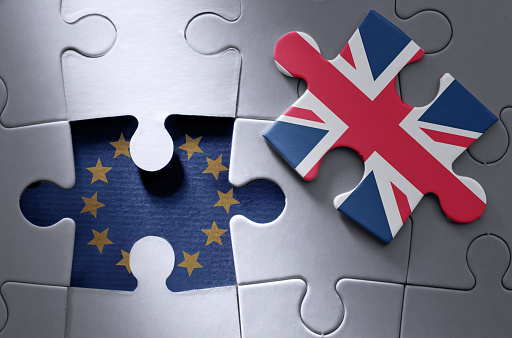The British pound is down slightly in the Monday session, after posting strong gains on Friday. In the North American session, the pair is trading at 1.3112, down 0.17% on the day. On the release front, it’s a quiet start to the week, with no British events. In the U.S, Existing Sales dropped to 5.38 million, missing the estimate of 5.46 million. On Tuesday, CBI Industrial Order Expectations is expected to drop to 8 points.
Is the British economy in trouble? Key British indicators hit some turbulence last week, although the pound escaped mostly unscathed, with modest losses. Employment data was weaker than expected on Tuesday, and this was followed by a soft CPI release a day later. On Thursday, retail sales declined 0.5%, surprising the markets which had expected a gain of 0.1%. This marked the first decline since March. The weak numbers have dampened expectations that the BoE will raise interest rates at its August meeting. With the May government continuing to squabble over Brexit and negotiations with the EU at a standstill, the pound could face further headwinds and drop under the symbolic 1.30 level.
The U.S. dollar was broadly lower on Friday after U.S President Trump made comments critical of Federal Reserve monetary policy. U.S presidents traditionally do not comment on moves by the Fed, but that did not prevent Trump from tweeting on Thursday that “tightening now hurts all that we have done”. On the weekend, Treasury Secretary Steven Mnuchin engaged in damage control, saying at the G-20 meeting that Trump was not interfering with the Fed policy of gradually raising rates. However, investors weren’t buying Mnuchin’s apologetics, and the U.S dollar continued to lose ground in Monday’s Asian session. There was more for investors to fret over, as Trump also attacked the EU and China for manipulating their currencies and keeping interest rates lower. This has raised concerns that the current global trade war could be followed by a currency war.


 Signal2forex.com - Best Forex robots and signals
Signal2forex.com - Best Forex robots and signals




